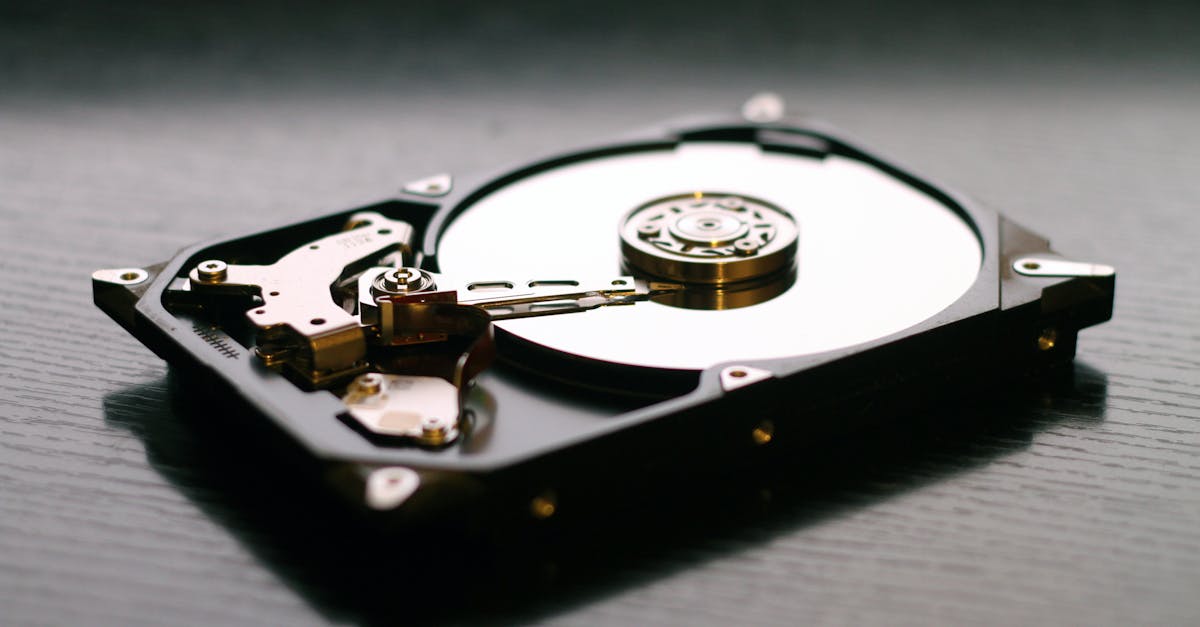Published on:
6 min read
Data Recovery Demystified: Essential Techniques for All Users
Data loss can be a nightmare, but understanding how to recover your files can bring peace of mind. In this post, we’ll explore essential data recovery techniques suitable for everyone, from novice users to advanced tech enthusiasts.

Understanding Data Loss
Data loss can occur for a variety of reasons: accidental deletion, hardware failure, software corruption, or even malware attacks. Once data is lost, it can be overwhelming to know where to begin recovery. Understanding the types of data loss is critical; not all data loss incidents are the same. Some losses may be permanent, while others can be easily remedied. Knowing the distinction, combined with the right tools and techniques, empowers users to efficiently handle such situations. This knowledge not only saves time but may also save valuable information, whether it's personal photos or crucial business documents.
Basic Recovery Techniques
The first step in recovery is recognizing when it’s safe to use your device post-data loss. For accidental deletion, the Recycle Bin or Trash can be your first stop. If data is lost from external drives, tools like 'File History' on Windows or 'Time Machine' on Mac can help restore to a previous state. In cases where these simple solutions fail, more robust recovery software like Recuva or EaseUS Data Recovery Wizard can be used. It's crucial to act quickly; the longer you wait, the higher the chance that lost data will be overwritten. Regular backups are also key; frequent backups can save time and heartache in future recovery scenarios.
Professional Recovery Services
When basic techniques fail, or when the data at stake is particularly sensitive or valuable, hiring a professional data recovery service can be a worthwhile investment. These experts employ advanced tools and methods to retrieve lost data from severely damaged storage devices. It’s essential to choose a reputable service, as the process can be costly and the risk of further data loss is present. Investigate service reviews and ask for quotes upfront. Keep in mind, even professionals can't guarantee complete recovery, so it’s best to evaluate the importance of the data before deciding to proceed with these services. Remember that prevention, such as regular backups and proper device handling, is always the best course of action.
Conclusion: Preparing for the Unexpected
Data recovery can be a straightforward process if you are prepared and informed. Understanding the basics can make a significant difference in how effectively you handle such situations. Regularly backing up your data is the best way to ensure peace of mind, making recovery less of a hassle when the unexpected happens. By applying these techniques and maintaining awareness, you can demystify the data recovery process and safeguard your valuable information.
Published on .
Share now!










